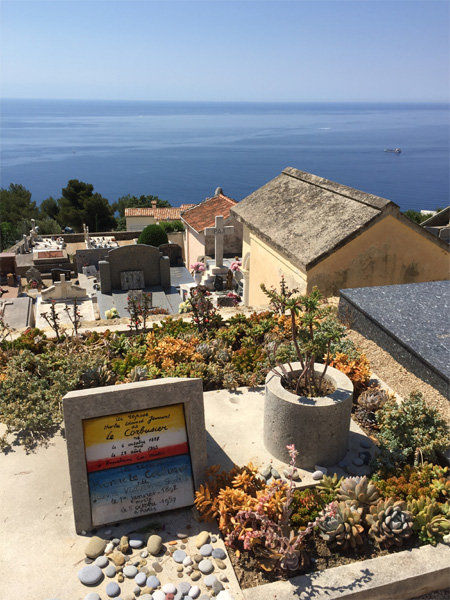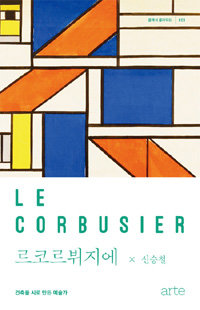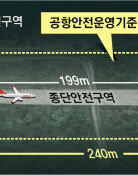A peek into the life of an architect
A peek into the life of an architect
Posted September. 09, 2020 07:39,
Updated September. 09, 2020 07:39


Most books on architects follow a certain format: They feature pictures of famous buildings, sketches, plans and stories about construction processes. A recently published book “Le Corbusier,” however, shows that a story of an architect can be told without these elements. The new book does not have pictures of any of his architecture including some of his best-known works such as Villa Savoye and the Ronchamp chapel in France.
As part of the “Classic Cloud” series, the book takes the form of a travel essay that follows the life of Le Corbusier, which is probably the best way of studying an architect as few architects would deny that cities, spaces and objects they experienced at a young age influence their works.
The book starts with a trip to La Chaux-de-Fonds where the architect was born in 1887 and ends in a French seaside town called Roquebrune-Cap-Martin where he spent his last years until he died of a heart attack in 1965 while swimming in the sea.
“Le Corbusier designed his own grave on a bright land. While many famous figures chose to be buried at a cathedral inviting visitors to a spiritual world, his grave was practical just like his architecture. He studied how more people could lead a happy life in a small yet private and convenient space when his contemporaries built luxury hosing for the rich.”
Pictures of the monastery on Mount Athos in Greece the architect visited during an architecture trip to the East when he was young and of the office of Peter Behrens in Berlin, Germany where he worked as an apprentice add a new layer to understanding his works.
Taek Kyoon Sohn sohn@donga.com






